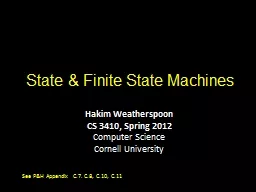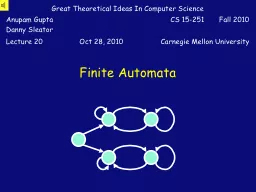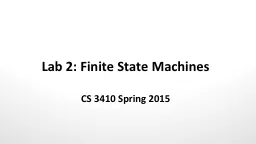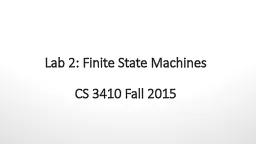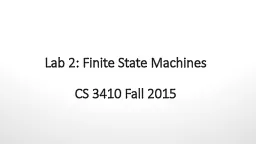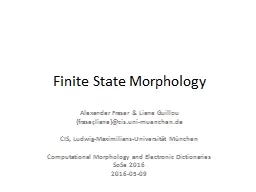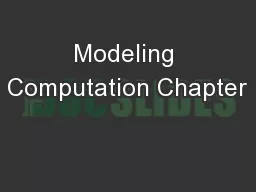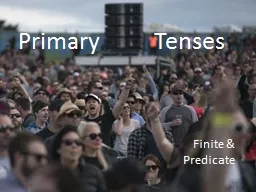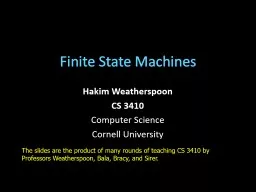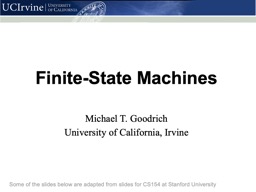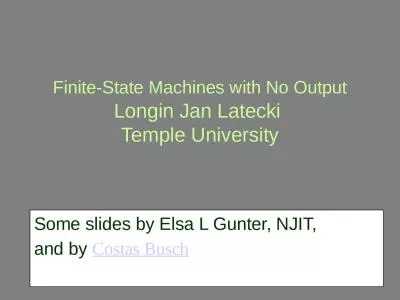PPT-State & Finite State Machines
Author : yoshiko-marsland | Published Date : 2018-09-21
Hakim Weatherspoon CS 3410 Spring 2012 Computer Science Cornell University See PampH Appendix C7 C8 C10 C11 Big Picture Building a Processor PC imm memory memory
Presentation Embed Code
Download Presentation
Download Presentation The PPT/PDF document "State & Finite State Machines" is the property of its rightful owner. Permission is granted to download and print the materials on this website for personal, non-commercial use only, and to display it on your personal computer provided you do not modify the materials and that you retain all copyright notices contained in the materials. By downloading content from our website, you accept the terms of this agreement.
State & Finite State Machines: Transcript
Download Rules Of Document
"State & Finite State Machines"The content belongs to its owner. You may download and print it for personal use, without modification, and keep all copyright notices. By downloading, you agree to these terms.
Related Documents

